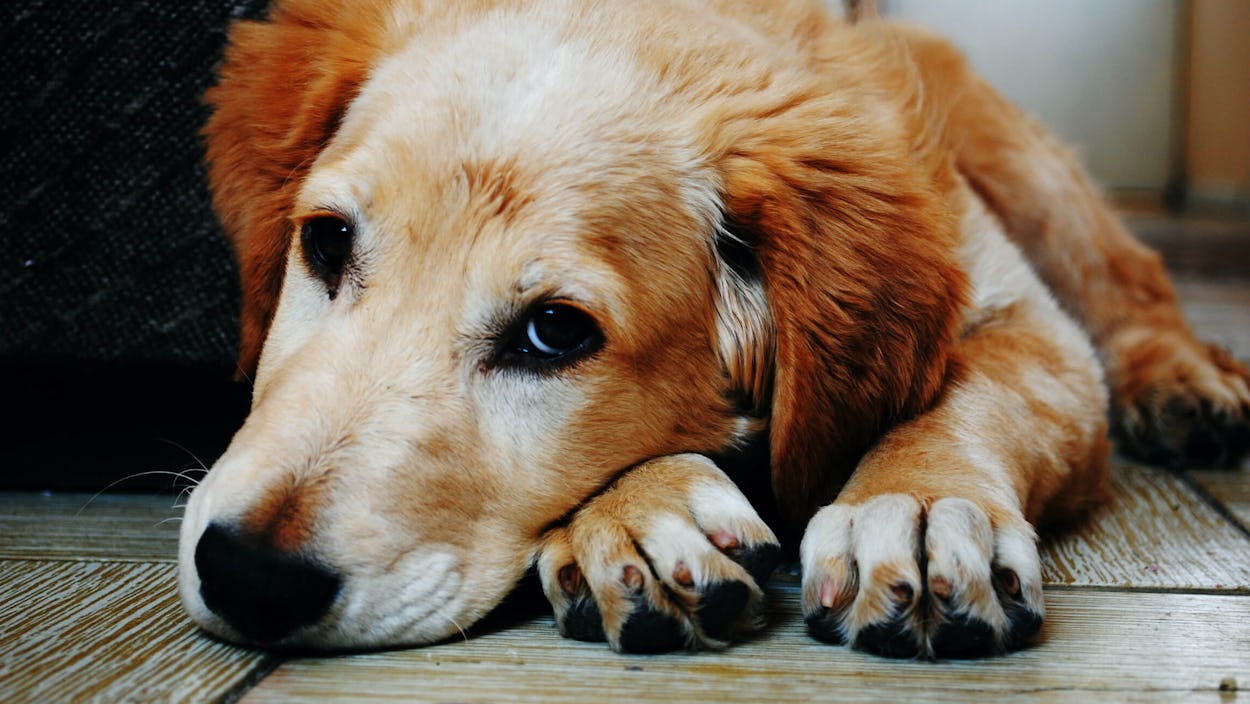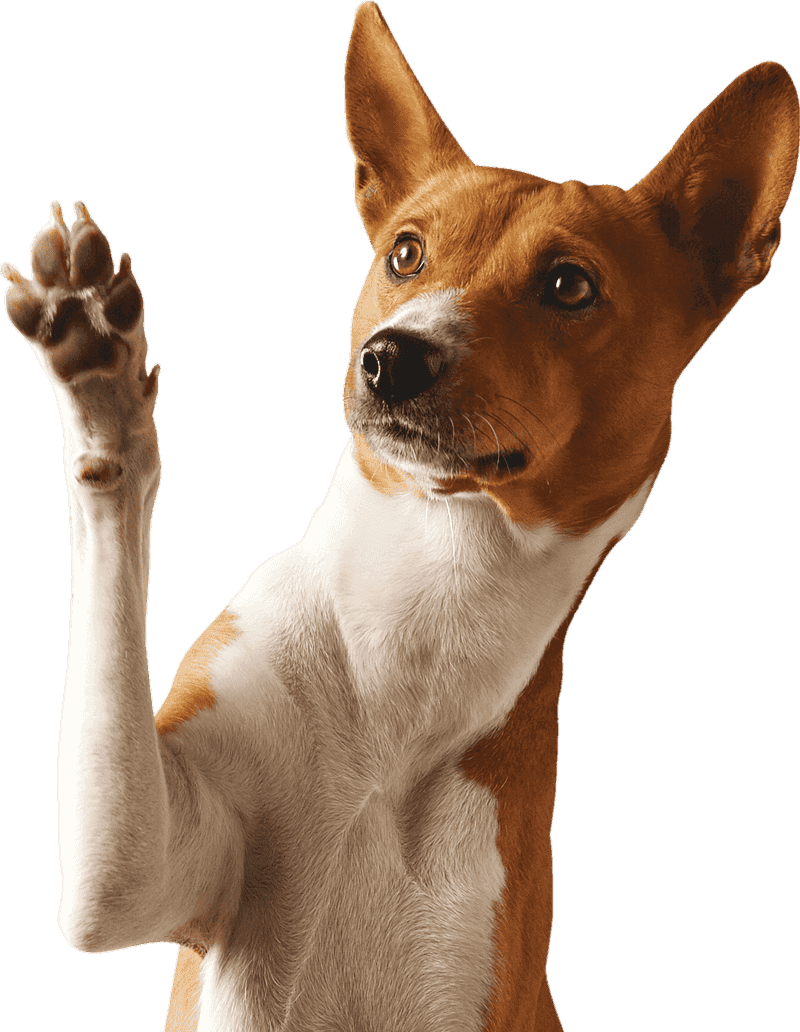Cruciate Ligament Injury in Dogs

Cruciate ligament ruptures or tears are one of the most common cause of lameness or injury in dogs. Most commonly seen in large breeds but can be seen in any size dog of any age.
What is the canine cruciate ligament?
The cruciate ligament connects the back of the femur (the bone above the knee) with the front of the tibia (the bone below the knee). This ligament is responsible for keeping the tibia in place beneath the femur and stabilising the knee joint.
Canine cruciate injuries.
Cruciate injuries can happen to the fittest of dogs. It is the twisting injury to the knee joint which affects the anterior or cranial cruciate ligament making the joint unstable and causing pain and discomfort. It could just happen from landing the wrong way when jumping, running or playing.
Overweight dogs are more susceptible to this type of injury as their joints have been weakened by having to carry their extra weight. In some cases, it is just unfortunate that some dogs are predisposed to this condition.
What are the signs of a cruciate injury?
- Muscle atrophy on the injured limb
- Non-weight bearing or toe touching on the injured leg
- Reluctance to turn on the injured side
- Head carriage may be low
- Weight may be shifted forward
- Abnormal gait
- Pain
- Loss of appetite
Treatment of cruciate injuries.
A lot of owners are unsure if their dog needs to have surgery or not.
Osteopath Dr Samantha Sherrington says:
Traditionally surgery has been the main go to treatment, especially for larger breeds, however there’s plenty of research suggesting outcomes for managing these injuries ‘conservatively’ may be just as good, especially in the longer term. Conservative management involves weight management, controlled activity and rest and anti inflammatories to manage inflammation and pain.
Hydrotherapy is very effective in the acute phase and in the longer rehabilitation phase, both with or without surgical intervention. Rehabilitation is a time where many techniques are available to help ensure the tissues can settle with the best strength and function possible.
Hydrotherapy is a fantastic option for adding healthy stress to the healing tissues, encouraging stronger, symmetrical movement while minimising strain more than is possible with typical land-based movement. Dogs appear less likely to reinforce their old dysfunctional movement patterns when they are in water, which means a greater chance of overriding old muscle memory and creating newer healthier movement patterns for the future. This is particularly useful as a preventative for dogs involved in high impact athletic endeavours such as agility, jumping, dock dogs, flyball etc.
In the conservative approach the muscles are built up around the joint offering stability and support with the tissue around the knee thickening and helping the cruciate ligament to function. The aim is to decrease pain, improve weight bearing on the injured leg and treat the rest of the body as it has been compromised with the dog not bearing weight evenly.
Hydrotherapy treats the whole body so where your dog is compensating to alleviate the pressure off the injured limb will be tight and at risk of also becoming injured, so hydrotherapy assists in the whole body not just the injured leg.
Surgery and post-operative treatment.
For full tears, especially in the larger breed dog, surgery may be suggested by your vet.
Post-operative rehabilitation is exceptionally important with these cases and your dog will need to have very limited activity for 6-8 weeks which includes cage rest and controlled short on the lead walks daily. It may take up to 3 months for a dog to gain good function of that limb and this is where hydrotherapy is the key to a good speedy recovery.
Cruciate injuries can also lead to more damage.
The unstable joint can also lead to meniscus damage. The meniscus is a C shaped shock absorbing piece of cartilage which is inside the knee joint.
Arthritis will most likely develop in the joint if your dog has suffered an injury as such. This can be controlled as the dog ages and a good maintenance program will assist in reducing arthritic degeneration within the joint.
Avoiding cruciate injuries.
Key points to assist in avoiding cruciate injuries or help repair cruciate injuries and arthritic changes are:
- Hydrotherapy
- Massage
- Good weight control
- Nutritious diet targeted at joint disease
- Supplements
- Osteopathic care
- Acupuncture
- Photonic Therapy
K9 SWiM Hydrotherapy and Wellness Centre stock a large range of supplements that can assist in prevention and recovery of cruciate ligament damage as well as knee braces that add stability to the injured limb. We also offer programs for post-surgery, rehabilitation, overweight dogs and training and conditioning.
